Yucatan
is one of the 31 states of Mexico, located on the north of the Yucatan Peninsula. The Yucatan peninsula includes three states: Yucatan, Campeche, and Quintana Roo; all three modern states were formerly part of the larger historic state of Yucatan in the 19th century. The state capital of Yucatan is Merida.
Before the arrival of the Spanish in the area, Yucatan was the home of the Maya civilization, and in particular the Yucatecan Maya people. Archaeological remains show ceremonial architecture dating back some 3000 years; some Mayan hieroglyphic inscriptions found in the area date back to the Mayan Preclassic period 200 B.C.E.. Mayan cities of Yucatan continued to flourish after the central and southern lowland Classic period Mayan cities collapsed c. C.E. 900, including the Puuc flouresence during the Terminal Classic, the rise of Chichen Itza at roughly the same time, and the subsequent rise of other sites, such as Mayapan, during the Postclassic. Several sites continued to be occupied up to and beyond the 16th century arrival of the Spanish. The ruins of well over a hundred Mayan sites of varying sizes can still be found on the peninsula, such as Chichen Itza and Uxmal, though most sites have not been extensively investigated. Other important ancient Mayan cities were built over by the Spanish, and their sites are still occupied today, such as Izamal (Itsmal in Yucatecan Maya) and Merida (T'ho in Yucatecan Maya).
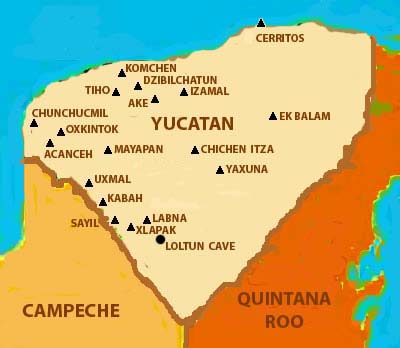
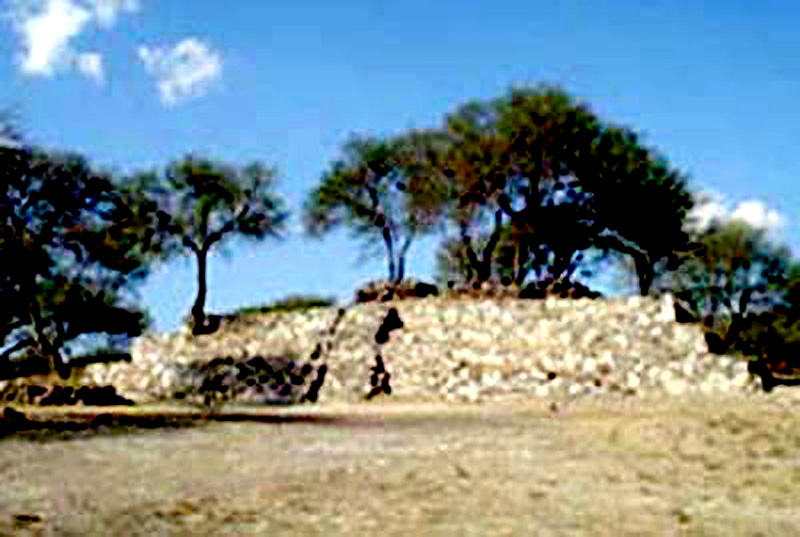
Isla Cerritos, The overwhelming desire of ancient Mexicans to possess exotic merchandise is attested to by Mayan ruins on Isla Cerritos, an island only 650 feet in diameter,
Learn More
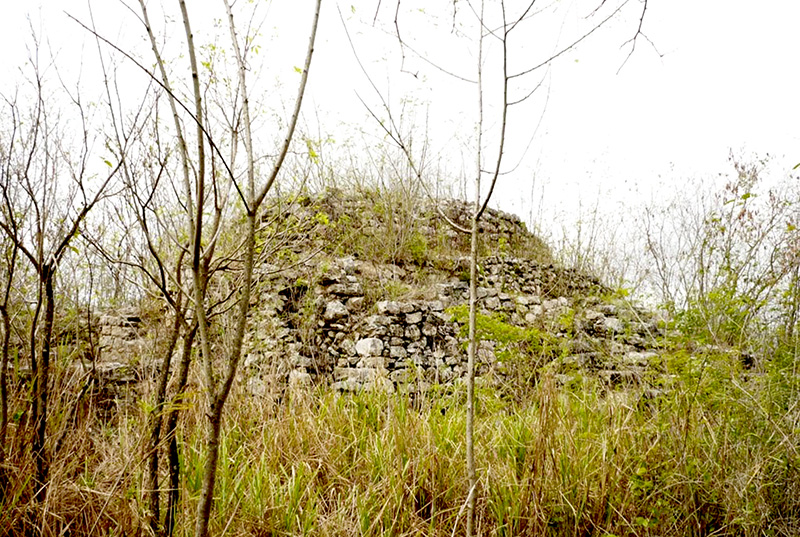
Komchen is pre-Columbian Mayan archaeological site located in the northwestern portion of the Yucatan Peninsula. It is approximately 20 km from the northern peninsular coast and situated close to the site of Dzibilchaltun.
Learn More
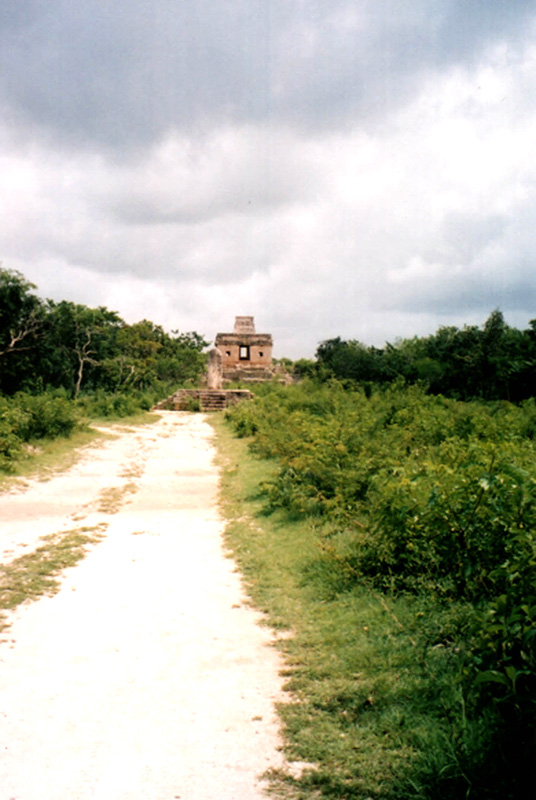
Dzibilchaltun; is a large site located just north of Merida. The site is one of the oldest known sites in Mayan world. This city and its surrounding area was home to about 8000 structures spread over nine square miles. The city is thought to have had a population of some 25,000 people at its peak around 800 C.E.
Learn More
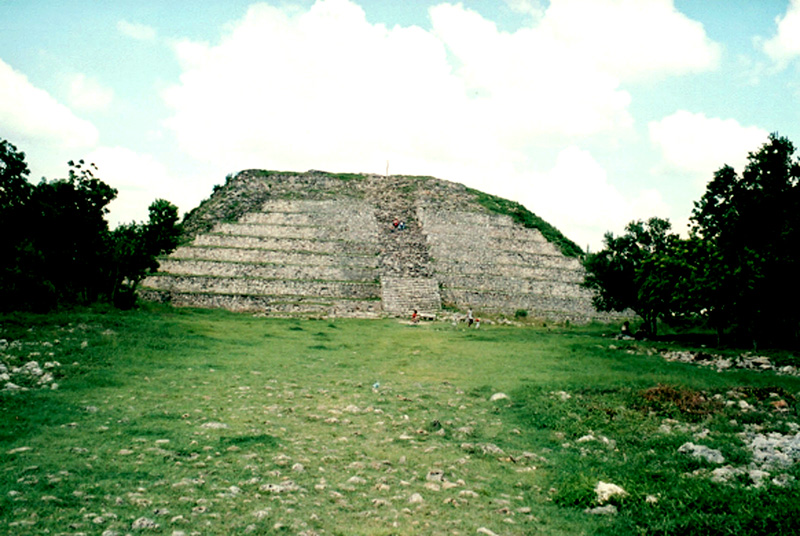
Izamal is a site which lies within the town of the same name. The town is considered special because the hills (cerros) have proved to be incredibly large ruins and for the Convent which was built in the 1500's on top of what was certainly a large palace or temple.
Learn More
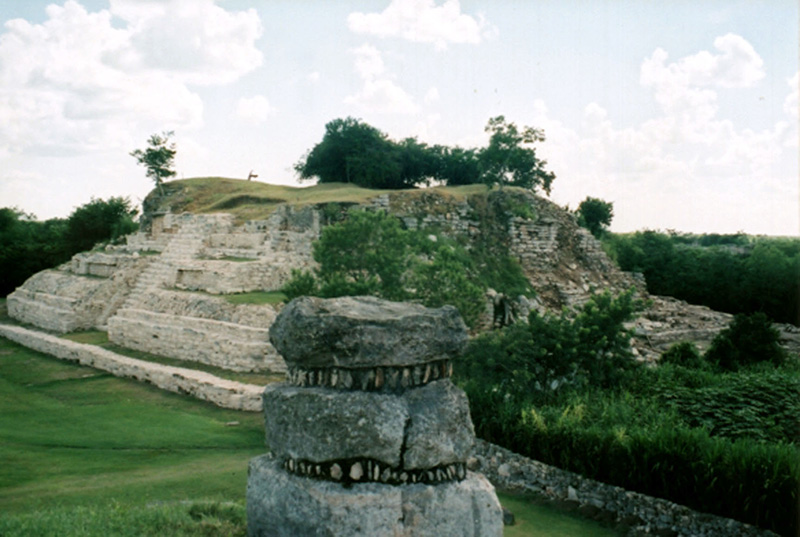
Ake a site located in northern Yucatan, has the distinction of an architecture based on blocks of stone. Its age of splendor dates to the Classic period,
Learn More
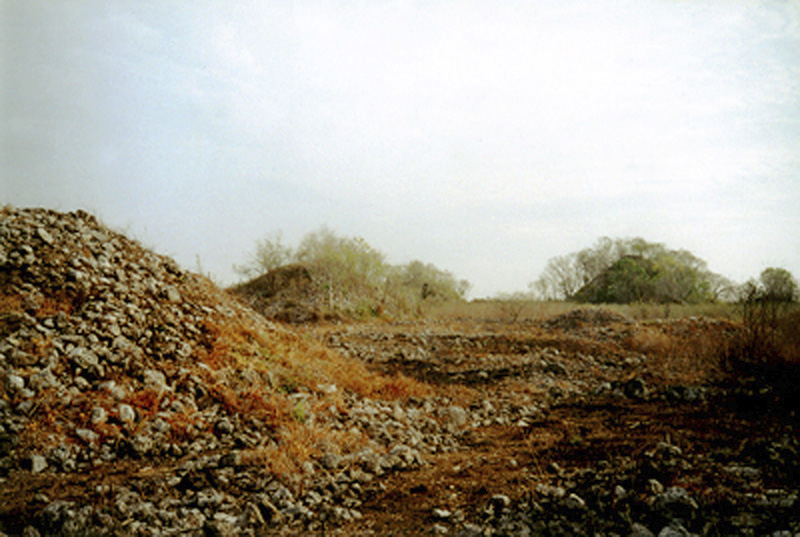
Chunchucmil. The corn fields and pasture lands of Chunchucmil are filled with rubble mounds - the remains of house platforms and temples of the ancient Maya.
Learn More
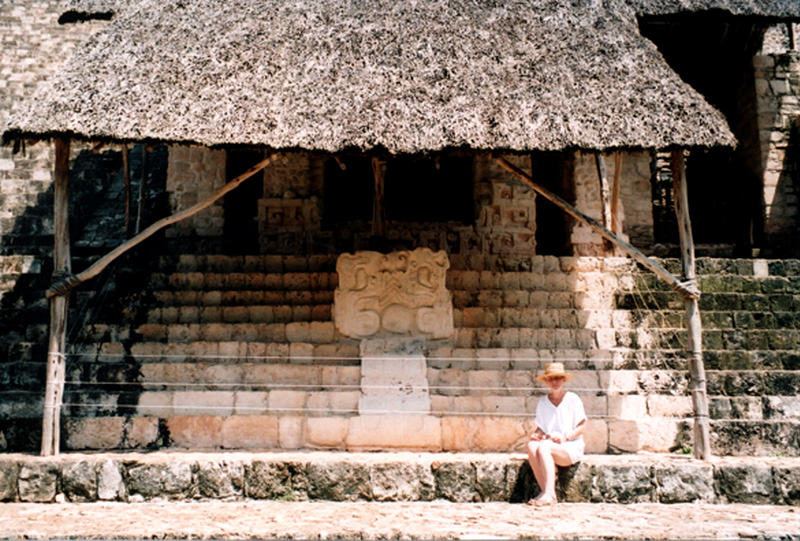
Ek Balam, means "Black Jaguar" in Mayan. The site is located just north of Valladolid through the town of Temozon about 2 km north of Santa Rita. Ek Balam is truly one of the gems of the ancient Maya Civilization.
Learn More
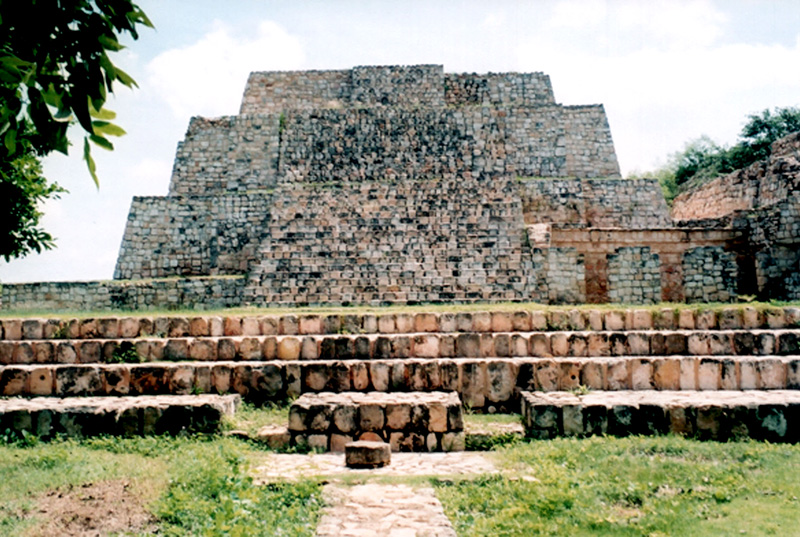
Oxkintok means " Three Cutting Suns " it is one of the oldest and longest lasting Mayan city. According to investigations the city was inhabited from the Preclassic periods (300 B.C.E.- 150 C.E.) until the Postclasic period (1250 - 1500 C.E.), that totals an amazing 1800 years.
Learn More
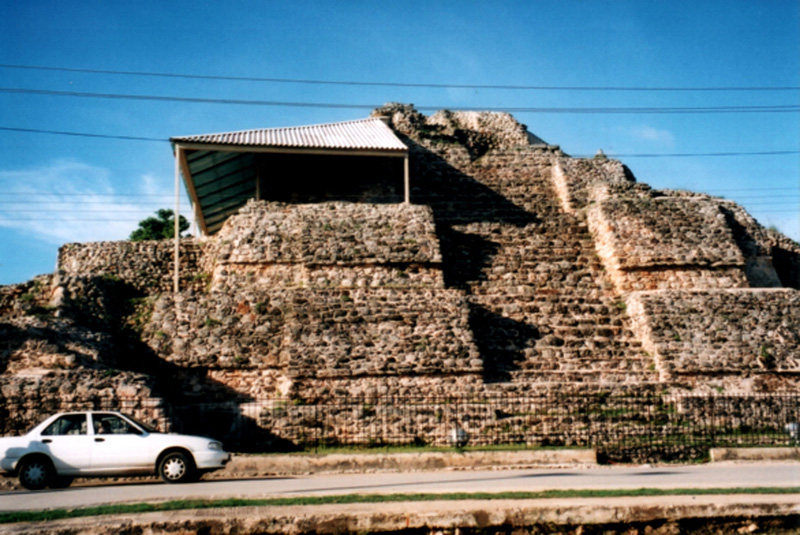
Acanceh is a small city located near Merida. Acancen means "Moaned of deer", it is made up of akam "moaned", and keh "deer".It is a very easy drive through the countryside and can be reached from several directions.
Learn More
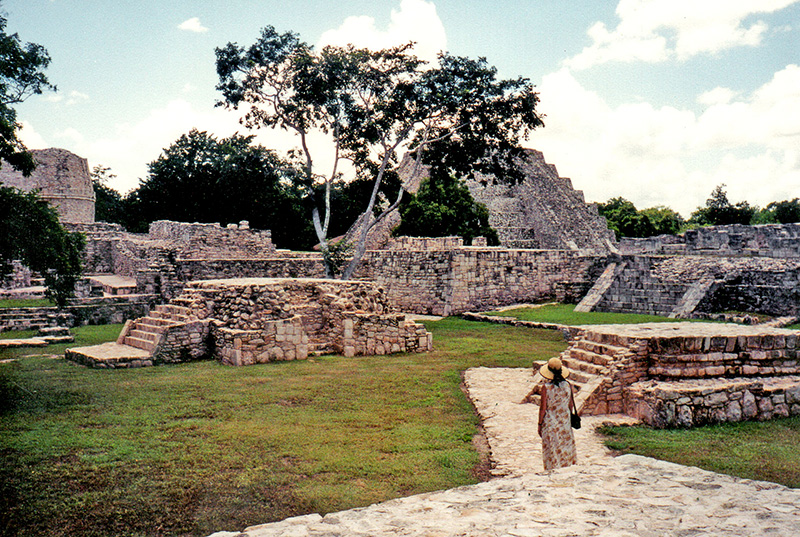
Mayapan covers approximately 4 square kilometers and belongs to what is known as the Decadent Style. As most Maya cities it contains one central plaza in which the main parts of the cities are located. One special feature is the main buildings are delimitated by a wall,
Learn More
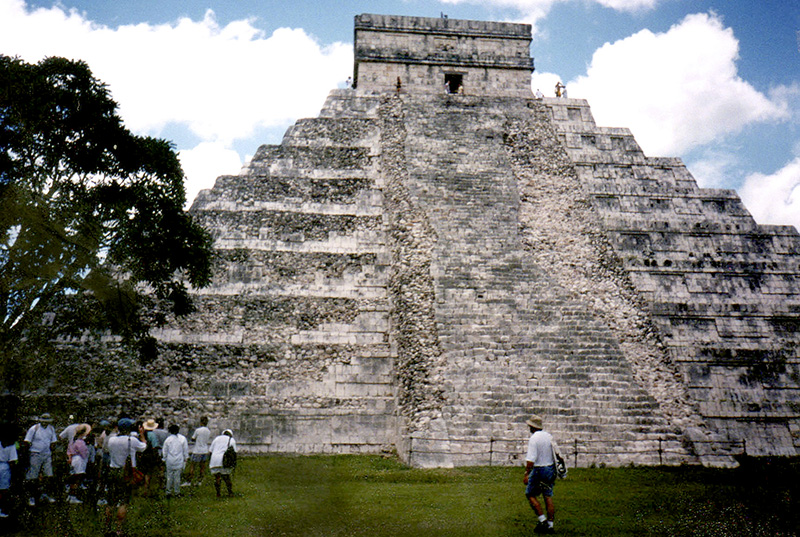
Chichen itza is reachable by vehicle from Palenque. The trip is about 100 kilometers of sometimes very slow and arduous driving. Bonampak was a very large city
Learn More
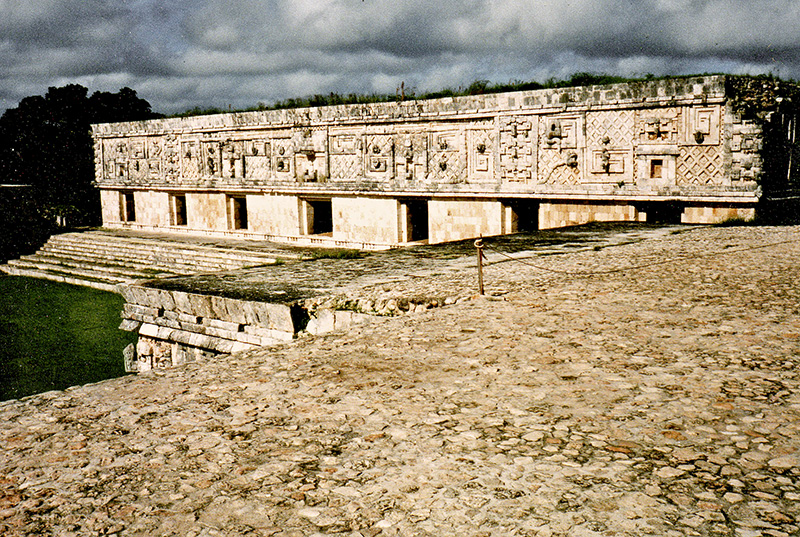
Uxmal The "Nunnery" or " Quadrangle of the Nuns" is actually a palace complex, which stands adjacent to the Pyramid of the Magician. On the West facade of the "Nunnery" part of
Learn More
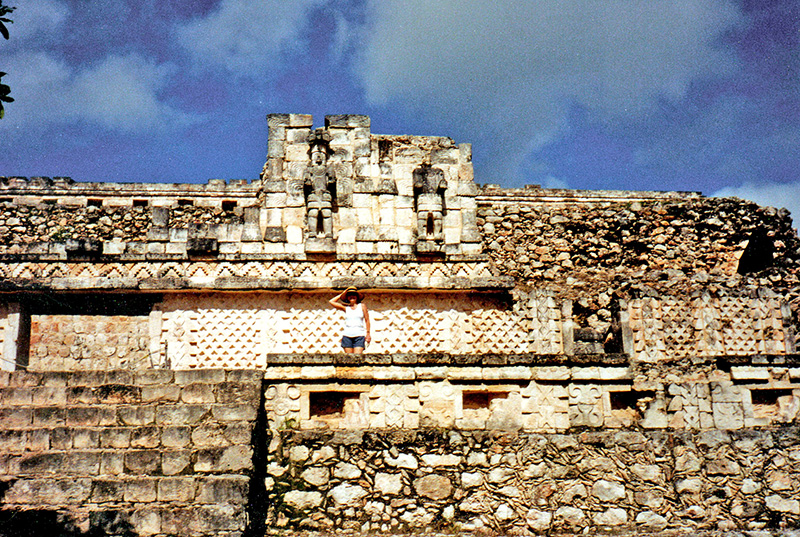
Kabah lies south of Uxmal, and connected to the larger city by a sacbe, or Mayan road. While almost certainly subordinate to its northern neighbor, Kabah was nonetheless an important location in its own right,
Learn More
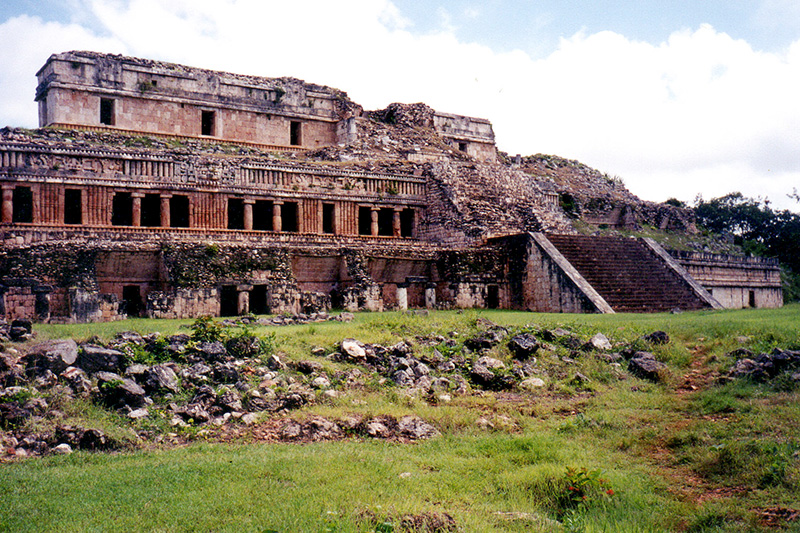
Sayil, means "place of the leaf-cutter ants" in Mayan. The site is from the late Classic period and at that time covered an area of three square miles. The city is unusual for its location amid several steep hills, however, from the hills it is possible to see the sacbe's
Learn More
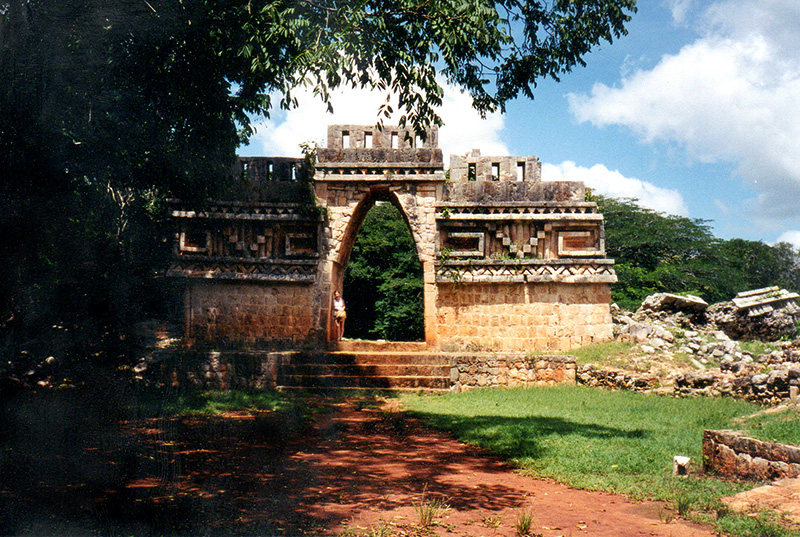
Labna , which means "Old or Abandoned House" was named by the Maya when Labna was already in ruins. This site has attracted worldwide attention for its well formed and highly decorated arch. Some believe it must have been the entrance
Learn More
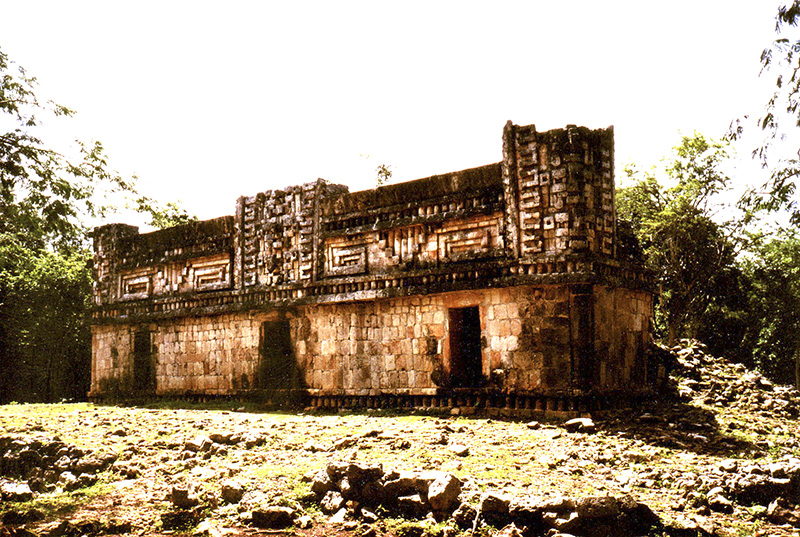
Xlapak, or Xlapac is a small Mayan archaeolical site in the Yucatan of southeastern Mexico. It is located in the heart of the Pucc region, about 4 kilometres (2.5˙mi) from the archaeological site of Labna and a similar distance from Sayil, lying directly between the two sites.
Learn More
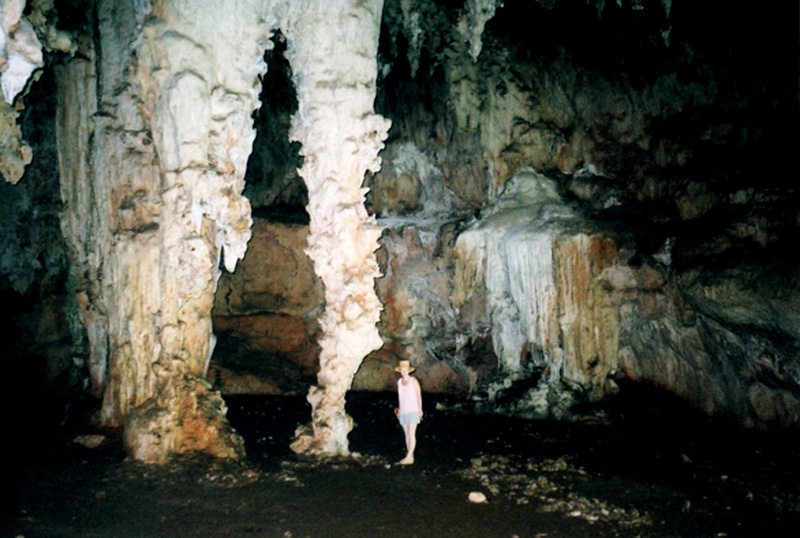
Loltun Caves, Loltun Caves are located within the Puuc hills of Yucatan and are open to the public. The massive interconnecting caverns are visited on occasion by bus loads of tourists visiting the nearby ruins of Uxmal, Labna, Sayil, and other sites in the Puuc region.
Learn More
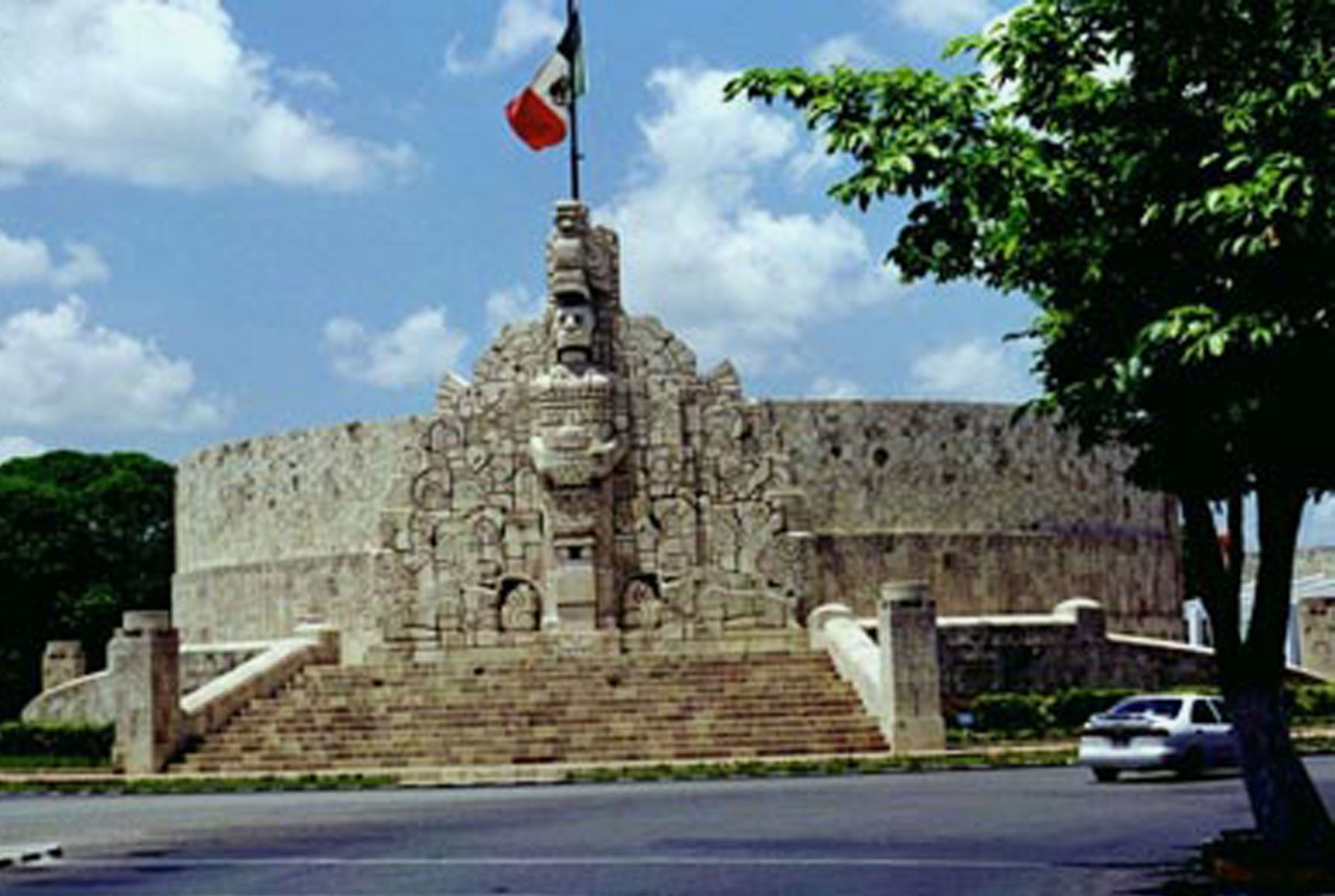
Tiho, Before the Spaniards arrived, Merida had been the very large Mayan city known as Ichcansiho; also as T'Ho. Once conquered, the city of T'Ho was dismantled and the stones from its pyramids were used as the foundation for the Cathedral of San Ildelfonso
Learn More
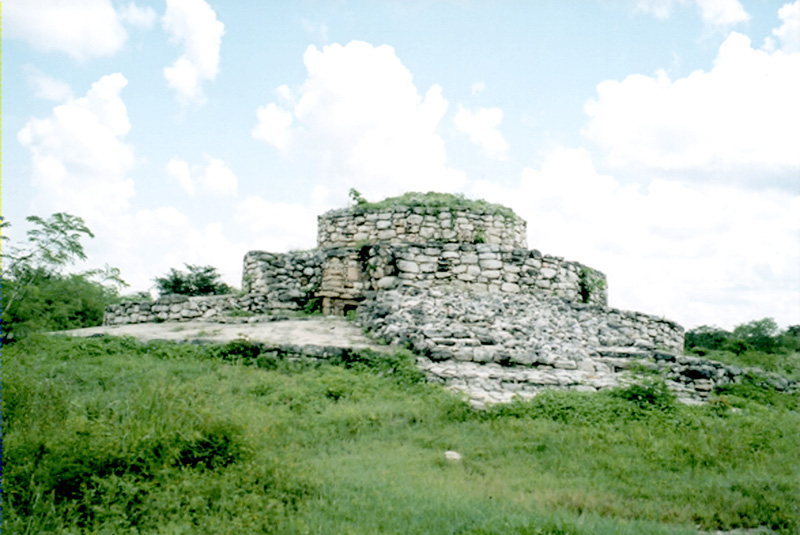
Yaxuná stands just 20 kilometers south of Chichén Itzá in the heart of the Yucatan. It is a very old city, dating to the Middle Preclassic era.
Learn More

